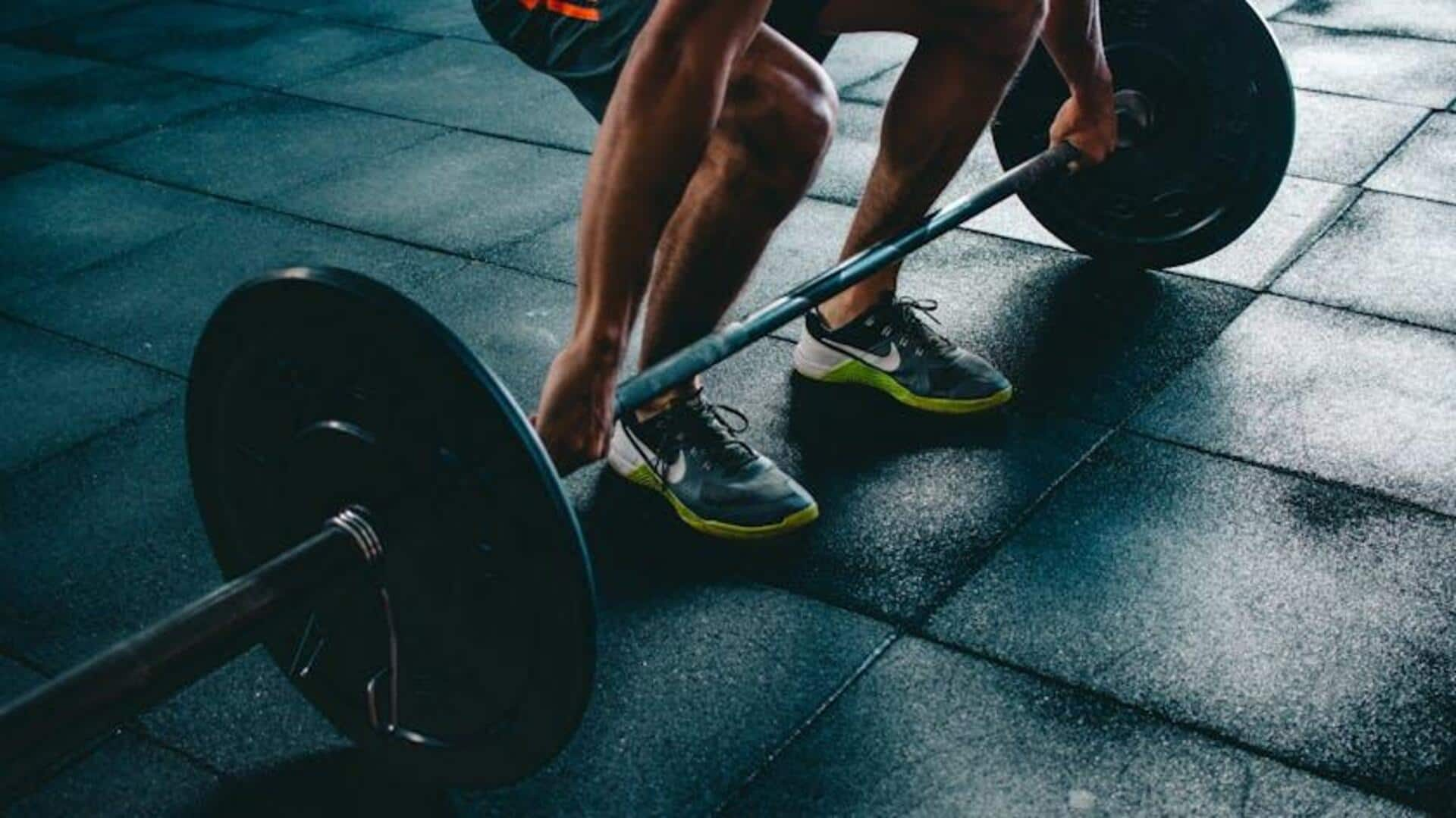
5 exercises to improve bone density
What's the story
Osteoporosis is a condition that weakens bones, leaving them fragile and more susceptible to fractures. The femoral neck, located in the hip, is particularly vulnerable to fractures. Building bone density through exercise can drastically reduce the risk of experiencing these fractures. This article provides a list of five effective exercises for strengthening the femoral neck and promoting overall bone health.
Weight-bearing
Weight-bearing workouts for stronger hips
Weight-bearing exercises require you to move against gravity, which helps stimulate bone growth in the hip area. Walking is the simplest and most doable. Even a moderate walking regimen of 30 minutes a day can lead to significant increases in femoral neck bone density. If you prefer a more intense workout, jogging or running are great options that also boost your cardiovascular health.
Resistance training
Resistance training enhancements
Adding resistance training to your routine can make a big difference for your femoral neck bone density. Exercises like squats and lunges don't just build muscle around your hips - they also put stress on your bones, signaling them to get stronger. By using free weights or resistance bands just two to three times a week, you can significantly improve your bone density.
Balance work
Balance and stability exercises
Practicing balance and stability exercises, like Tai Chi or yoga, helps improve coordination and prevent falls — this is key to preventing fractures, particularly in older adults. While these exercises don't directly strengthen your bones, they help by improving flexibility and strength in the muscles supporting your hips. This contributes to healthier bones by enhancing balance and reducing fall risk.
High impact
High-impact activities
High-impact exercises such as dancing or aerobics classes are highly beneficial for improving bone density in the femoral neck. These activities incorporate jumping movements which exert beneficial stress on the bones, stimulating growth and strength. Caution: Individuals with diagnosed osteoporosis or joint problems should seek advice from a healthcare provider prior to engaging in high-impact workouts.
Aquatic exercise
Swimming: A gentle approach
Although swimming is praised for its cardiovascular benefits and gentle nature on the joints, it's not as beneficial for building bone density as weight-bearing or high-impact exercises are. That said, aquatic exercises can be a great alternative for people with joint pain or other health conditions that prevent them from doing high-impact workouts. They provide a gentle way to stay active and maintain overall physical health.